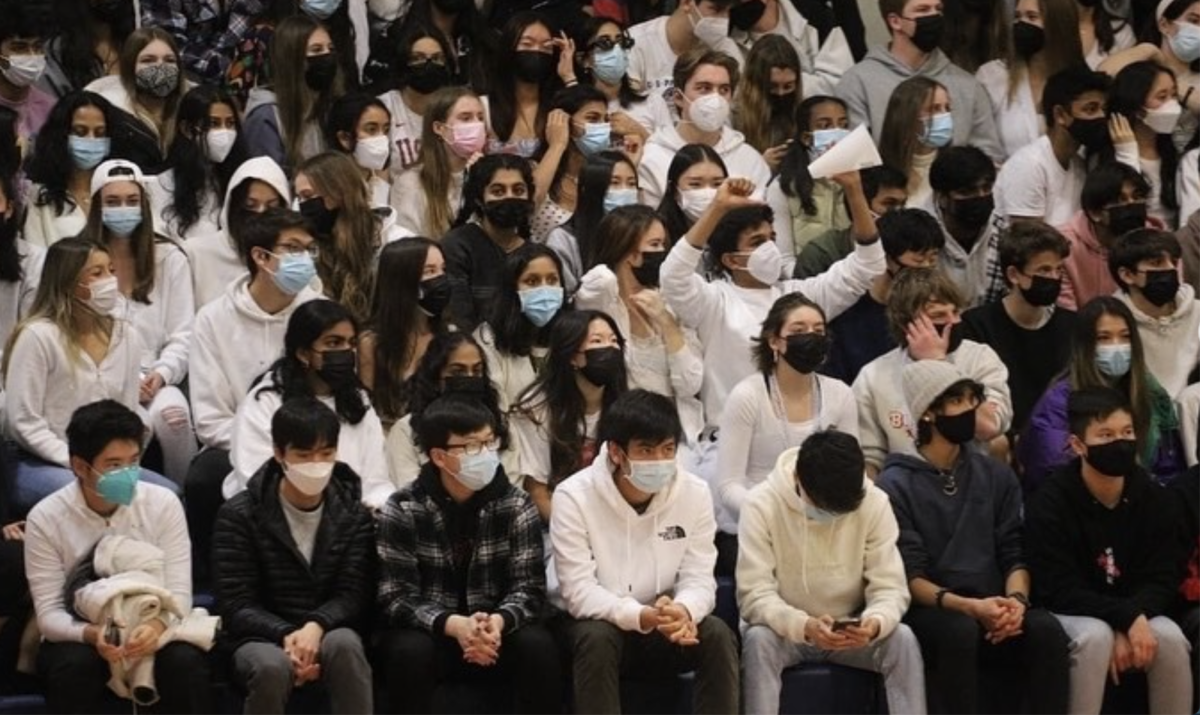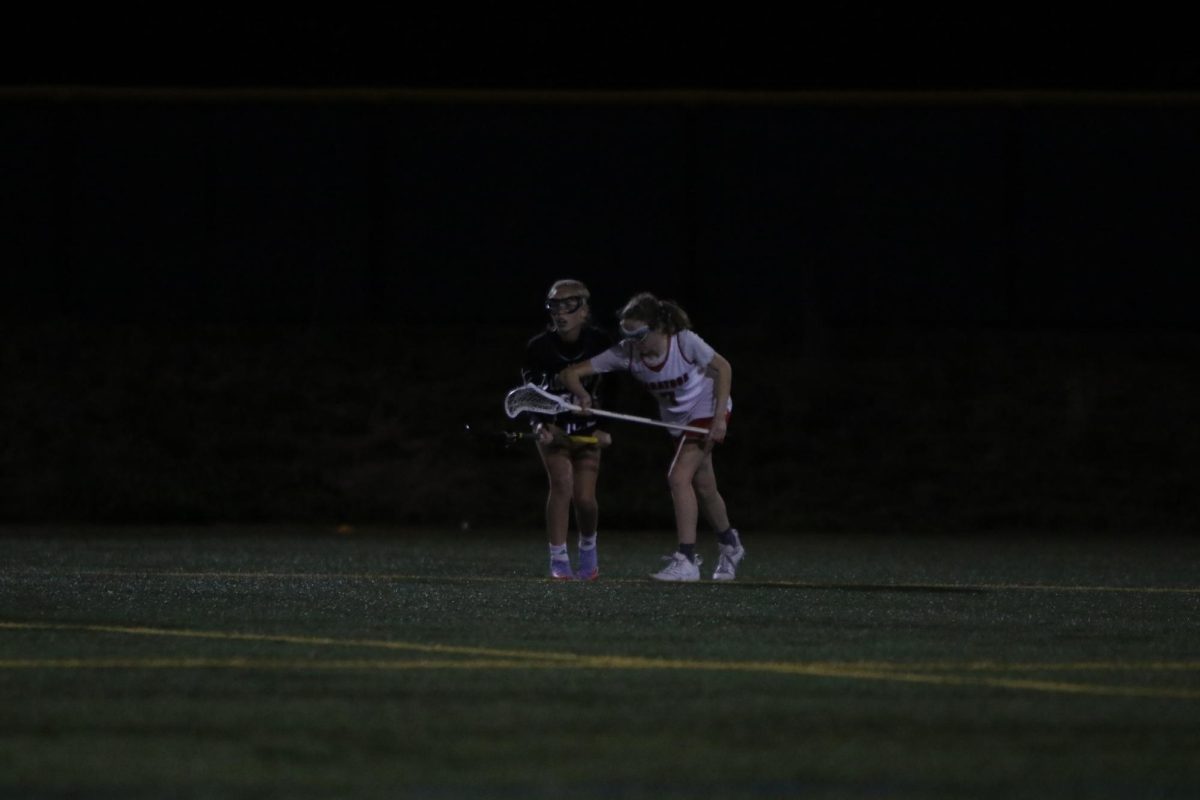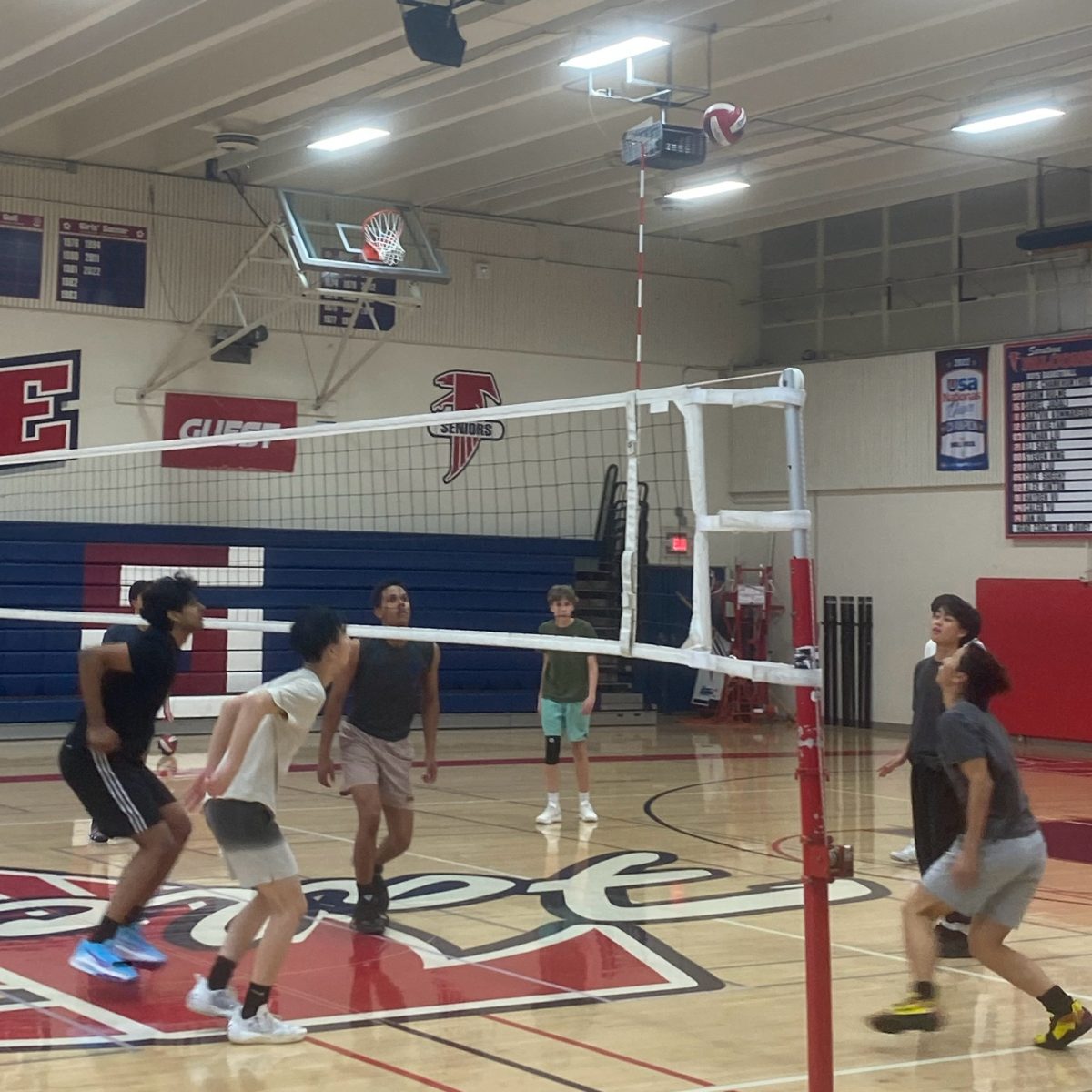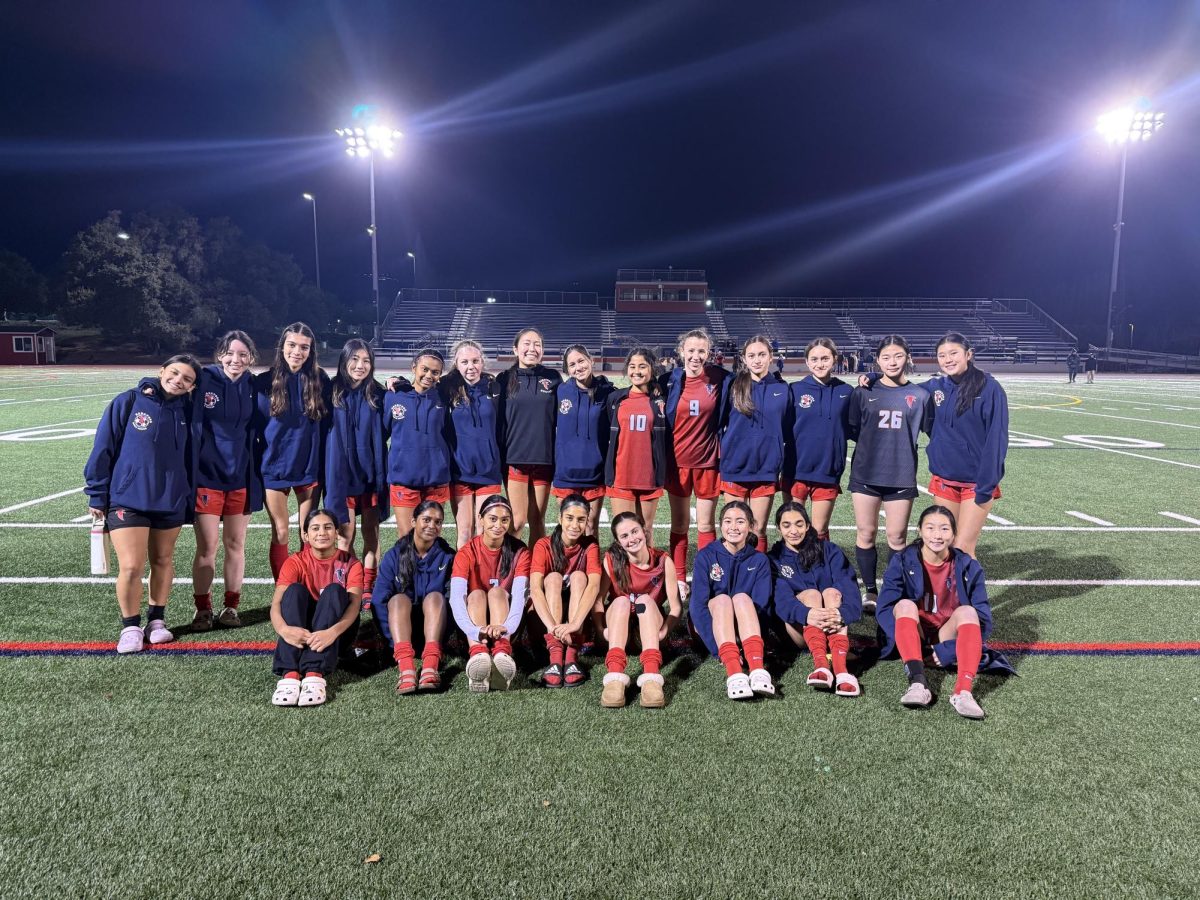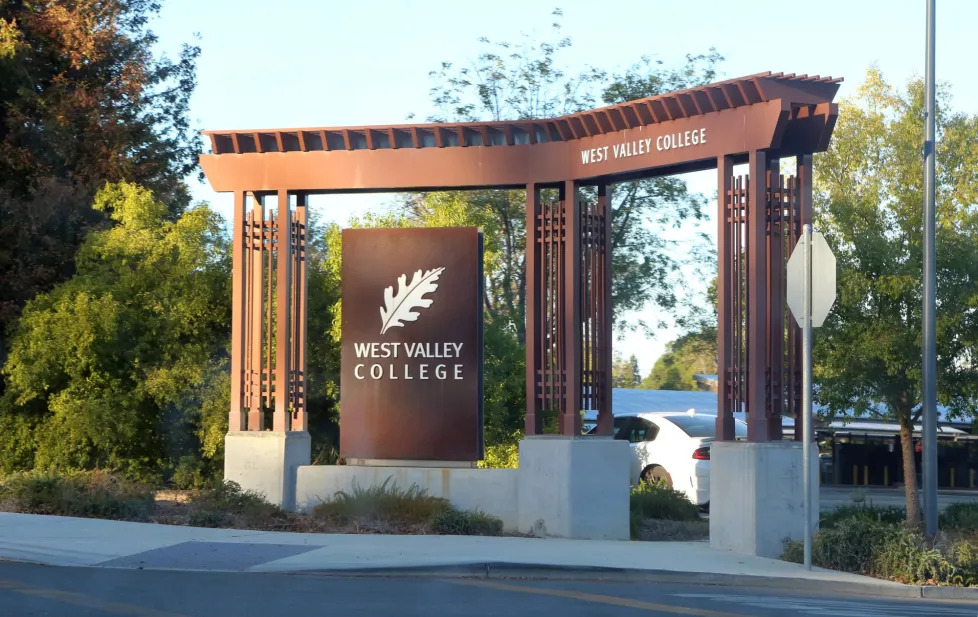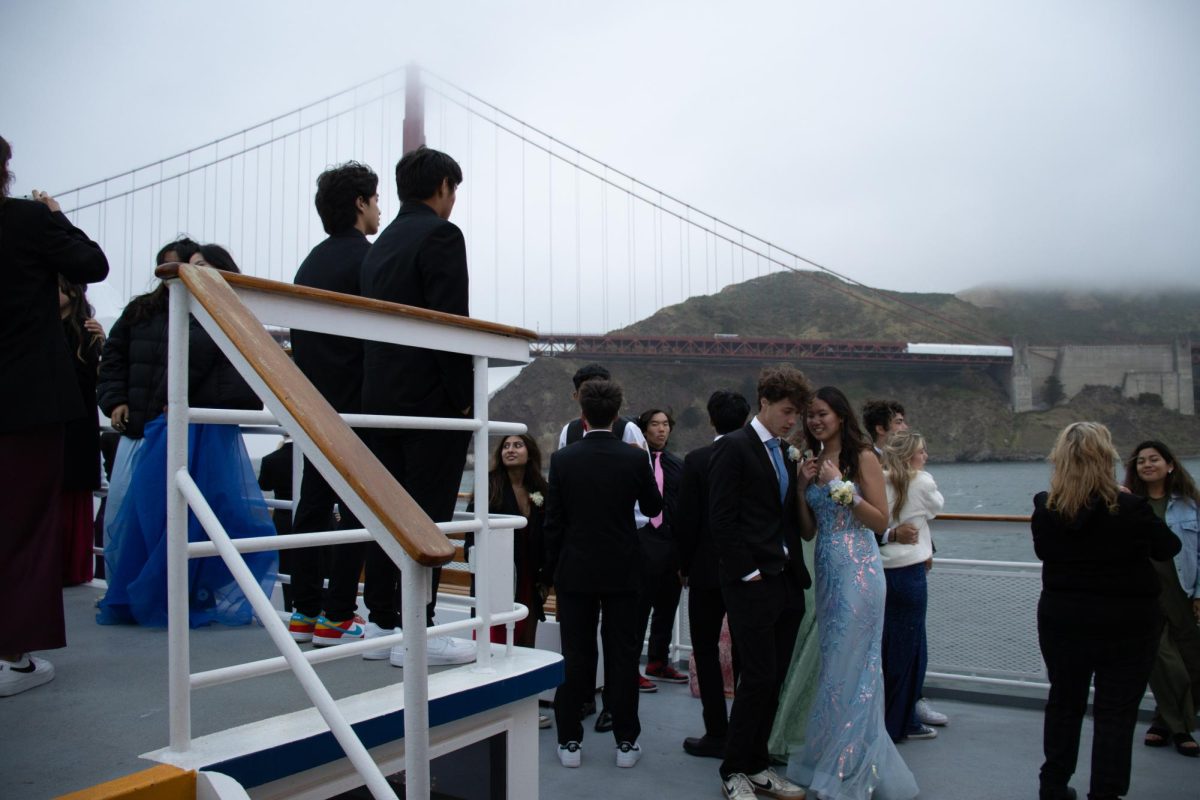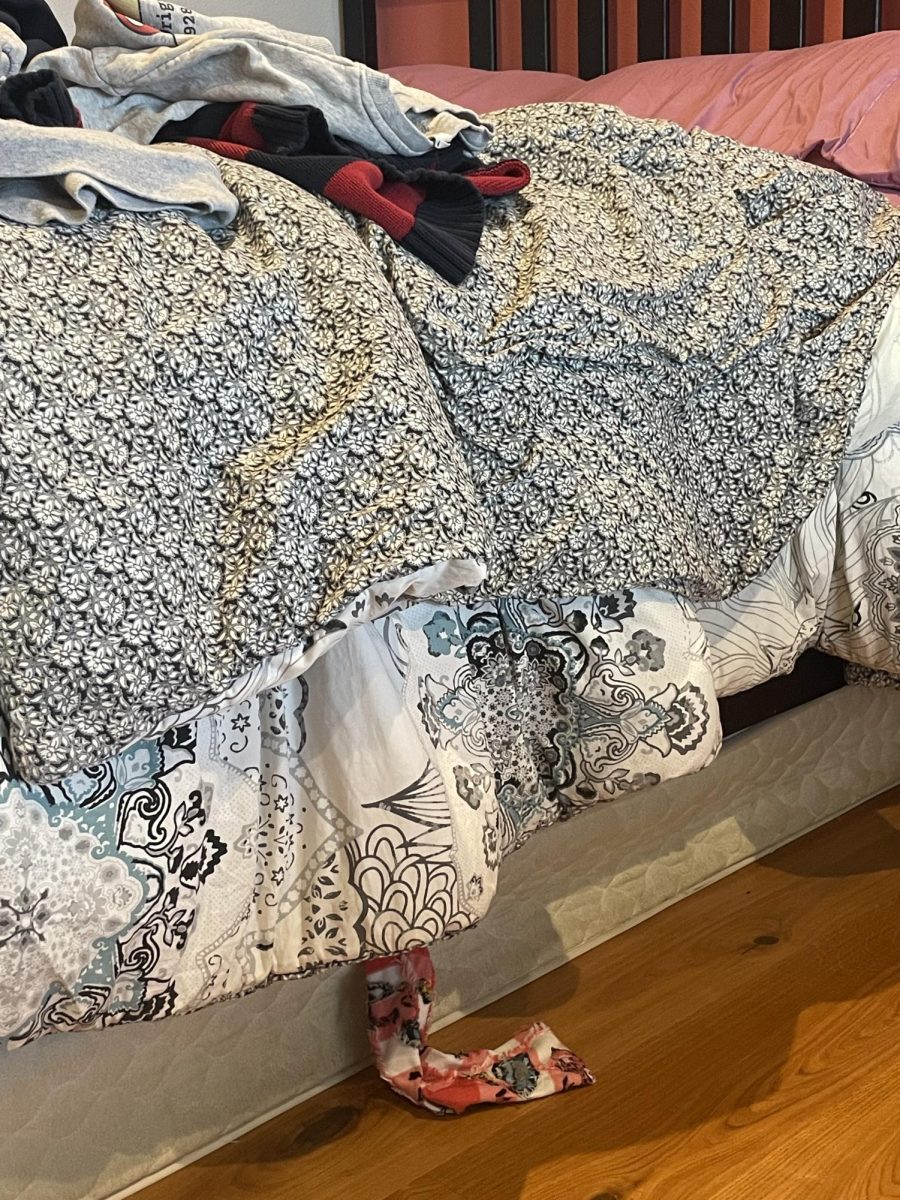Jian Li scored a 2,400 on the SAT, graduated in the top 1 percent of his class at Livingston High School, New Jersey, and participated in a host of extracurricular activities.
Despite his impressive resume, Li was rejected by Princeton University in the spring of 2006. It is easy to conclude that he simply suffered a bad break — thousands of similarly well-qualified applicants are rejected by top tier universities every year, and Princeton rejects about half of applicants with a 2,400.
However, Li decided that his race — he is Asian American — played a decisive role in his rejection after he read a study by Princeton researchers which claimed that ending affirmative action in university admissions would lead to 80 percent of placements currently offered to black and Latino students instead being given to Asian Americans.
In November 2006, he filed a civil rights complaint against Princeton. In the suit, which has not yet been resolved, he called for the suspension of federal aid to Princeton until it discontinued discrimination against Asian Americans by eliminating race and legacy preferences.
Although the fairness of affirmative action has been heatedly debated in years past, the issue of legacy admissions has received relatively little public attention, having been litigated only once. By comparison, discussion of race-based affirmative action programs has spawned hundreds of books, law review articles, numerous court decisions and several state initiatives to ban the practice.
Legacy preferences, which provide an edge in college admissions to applicants who are the offspring of alumni, are employed at almost three-quarters of selective research universities and almost all elite liberal-arts colleges.
Studies estimate that legacies account for 10 to 15 percent of class sizes at Ivy League institutions, and that the overall admissions rate for legacies is almost twice that for other candidates.
Legacies emerged in the aftermath of WWI in the wake of backlash against an incoming flood of immigrant students, especially Jews, into America’s selective colleges. At first, universities trying to fight the influx implemented Jewish quotas because Jewish students would consistently beat their traditional constituencies on merit-based criteria. When these explicit quotas became hard to defend, they began using more subtle methods to limit Jewish enrollment, including considerations of legacy.
Although many major universities say that legacy preferences aid fundraising efforts, their contention has not been supported by the data — after adjusting for alumni wealth, a study by Winnemac Consulting found that in institutions with legacies there was “no evidence that legacy-preference policies themselves exert an influence on giving behavior.”
Furthermore, legacy preferences are dubious at best with regards to tax law. If one assumes that they do influence alumni into giving more money, then IRS regulations dictate that these donations should not be tax deductible because the arrangement then violates a tenet of charitable deductions: that donations to nonprofits do not “enrich the giver.”
These IRS regulations put universities in sticky situation. If donations are not linked to legacy preferences, then their basic rationale for legacy admission cannot be true. However, if giving is linked to legacy preferences, then these donations should not be tax deductible.
Although legacy preferences are the norm for many American universities, they are the exception rather than the rule for higher education — as an almost exclusively American custom, they are virtually unheard of in other countries. That this uniquely American institution should also violate one of America’s most cherished ideals — fair play — seems almost too perfect an irony.
The debate over the fairness of legacy admission may perhaps be settled by considering the late American philosopher John Rawls’ idea of the veil of ignorance. To apply it, one imagines that the everyone’s status in life is currently unknown, and will be arbitrarily redetermined at some later date — societal roles and personal traits will be completely reshuffled, and so those that are currently wealthy may become poor, the beautiful may become ugly and princes may end up paupers.
This thought experiment proposes that the morality of something may be fairly judged only when one is forced to view the issue through the perspective of all members of society. For example, if people did now know whether they would end up male or female, then they would be unlikely to advocate for sexist policies.
After putting on the veil of ignorance and considering affirmative action and legacy admission, one would likely support the aid that affirmative action provides for marginalized members of society (whom one could conceivably become), but would certainly reject a policy of legacy admission that would benefit the lottery winners at the expense of most prospective students.
For the most part, American higher education has made admirable efforts to democratize, welcoming an influx of women, minorities and the financially needy. Legacy preferences are the exception to this trend, and their abolishment would do much toward advancing the admissions process into something more befitting of our democratic American society.
In the meantime, high achievers who are “victims” of legacy admissions can take solace in the fact that, bias or not, they will likely still find a college appropriate for their abilities—Li himself now studies at Harvard.

